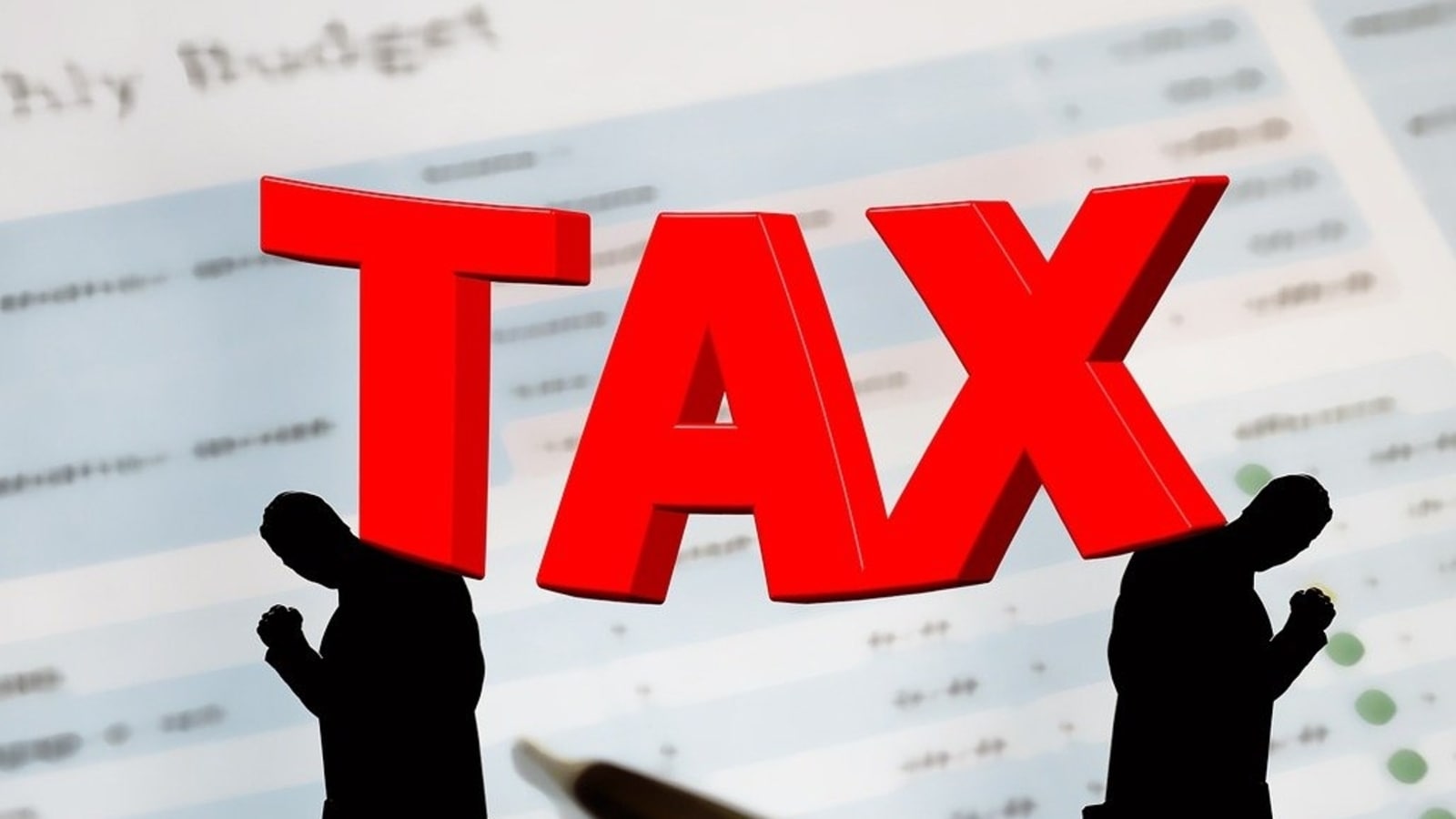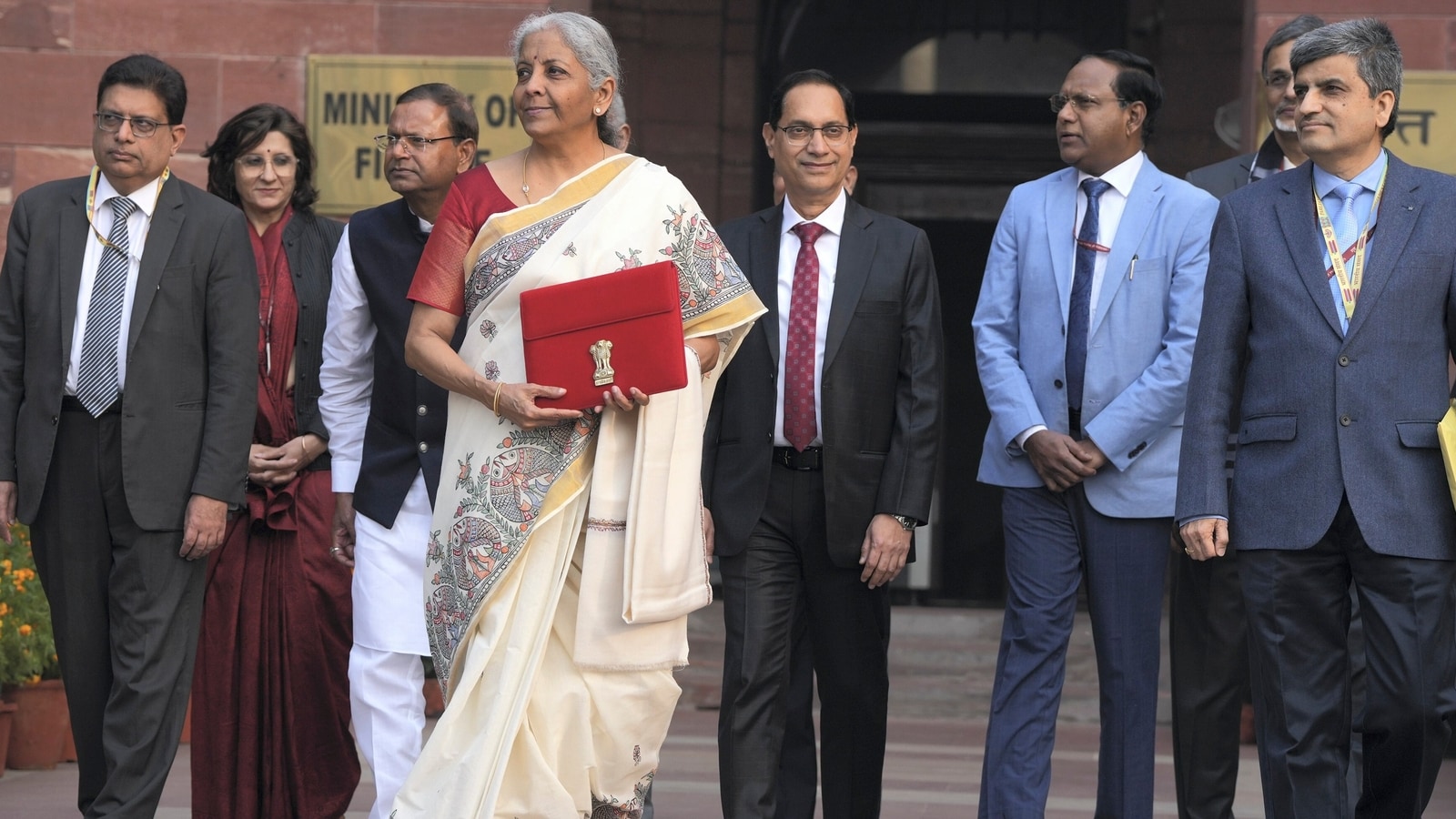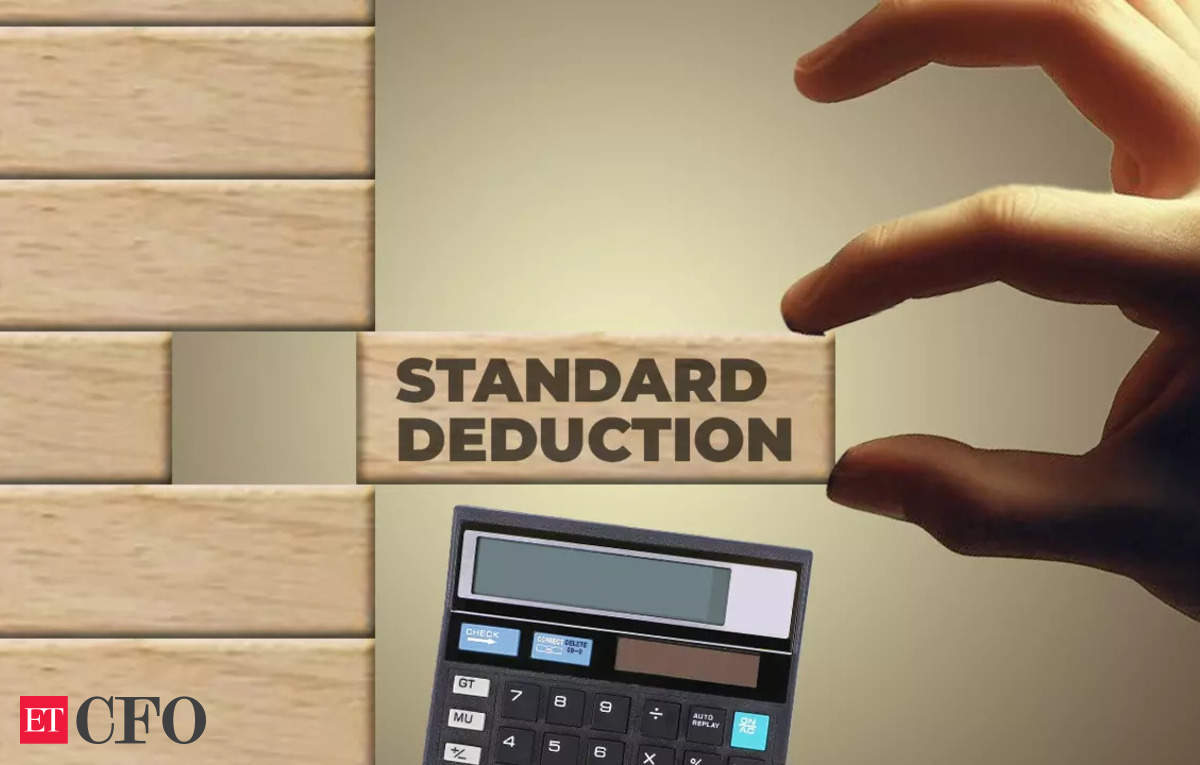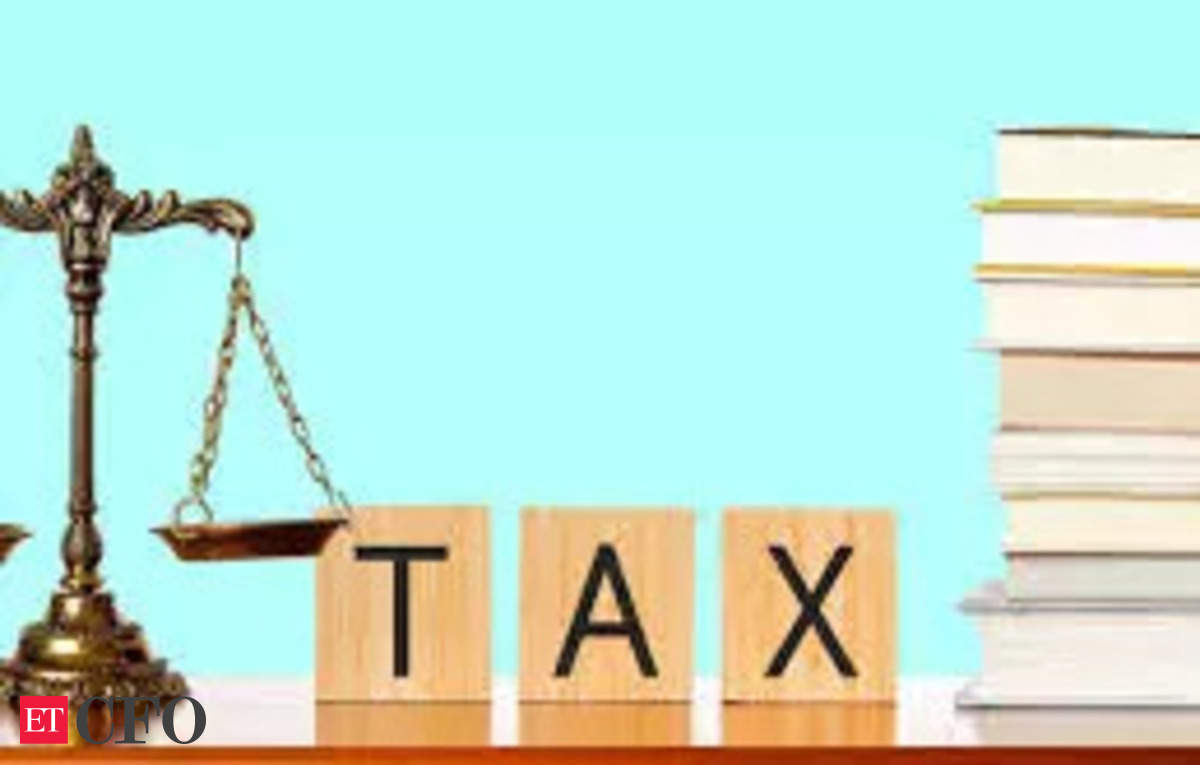This is a detailed assessment and is referred to as scrutiny assessment.
Scrutiny assessment under Section 143(3) of the Income Tax Act, 1961 refers to a detailed examination or review of a taxpayer’s income tax return by the tax authorities. It is a mechanism used by the Income Tax Department to ensure the accuracy and completeness of the information provided in the tax return.
Scope of assessment under section 143(3)
The objective of scrutiny assessment is to confirm that the taxpayer has not understated the income or has not computed excessive loss or has not underpaid the tax in any manner.
To confirm the above, the Assessing Officer carries out a detailed scrutiny of the return of income and will satisfy himself regarding various claims, deductions, etc., made by the taxpayer in the return of income.
Procedure of assessment under section 143(3):
If the Assessing Officer considers it necessary or expedient to ensure that the taxpayer has not understated the income or has not computed excessive loss or has not underpaid the tax in any manner, then he will serve on the taxpayer a notice requiring him to attend his office or to produce or cause to be produced any evidence on which the taxpayer may rely, in support of the return.
To carry out assessment under section 143(3), the Assessing Officer shall serve such notice in accordance with provisions of section 143(2).
Notice under section 143(2) should be served within a period of 3 months from the end of the financial year in which the return is filed.
The taxpayer or his representative (as the case may be) will appear before the Assessing Officer and will place his arguments, supporting evidences, etc., on various matters/issues as required by the Assessing Officer.
After hearing/verifying such evidence and taking into account such particulars as the taxpayer may produce and such other evidence as the Assessing Officer may require on specified points and after taking into account all relevant materials which he has gathered, the Assessing Officer shall, by an order in writing, make an assessment of the total income or loss of the taxpayer and determine the sum payable by him or refund of any amount due to him on the basis of such assessment.
Here are some key points about scrutiny assessment under Section 143(3):
- Selection for Scrutiny: Not all tax returns are subjected to scrutiny assessment. The selection for scrutiny can be done through various methods, including computer-assisted scrutiny selection (CASS) based on risk parameters, manual selection by tax officers, or based on specific information or suspicion of non-compliance.
- Notice and Documentation: If a taxpayer’s return is selected for scrutiny assessment, the taxpayer will receive a notice from the tax department, usually in the form of an intimation under Section 143(2). The notice will specify the details of the information or documents required to be furnished by the taxpayer. The taxpayer needs to provide the requested documents and information within the specified timeframe.
- Examination and Verification: During the scrutiny assessment, the tax officer examines the taxpayer’s return, supporting documents, and other relevant information. The officer may seek clarifications, conduct inquiries, and verify the information provided. The objective is to ensure that the income, deductions, exemptions, and other aspects of the tax return are accurate and in compliance with the tax laws.
- Additional Tax Demand or Refund: After the scrutiny assessment, if the tax officer finds any discrepancies, inconsistencies, or non-compliance, they may issue a notice of demand for additional tax liability. On the other hand, if the officer determines that the taxpayer has overpaid taxes, they may issue a refund or adjust the excess tax paid against any outstanding dues.
- Completion of Assessment: Once the scrutiny assessment is completed, the tax officer issues an assessment order under Section 143(3) of the Income Tax Act. The order summarizes the findings, adjustments, and tax liability, if any, based on the scrutiny assessment.
It’s important to note that undergoing scrutiny assessment does not imply any wrongdoing or non-compliance on the part of the taxpayer. It is a routine procedure conducted by the tax department to ensure the accuracy and completeness of tax filings.
If a taxpayer receives a notice for scrutiny assessment, it is advisable to respond promptly, provide the requested information, and cooperate with the tax department. Seeking professional advice from a tax consultant or chartered accountant can be beneficial to navigate the scrutiny process effectively.
Practical Course at:











